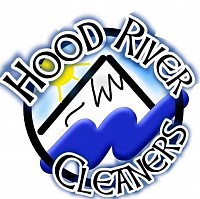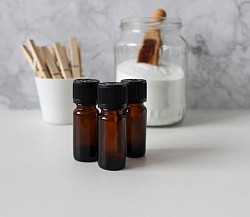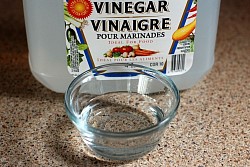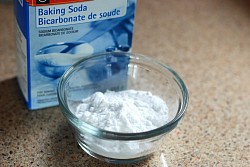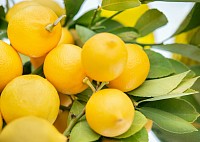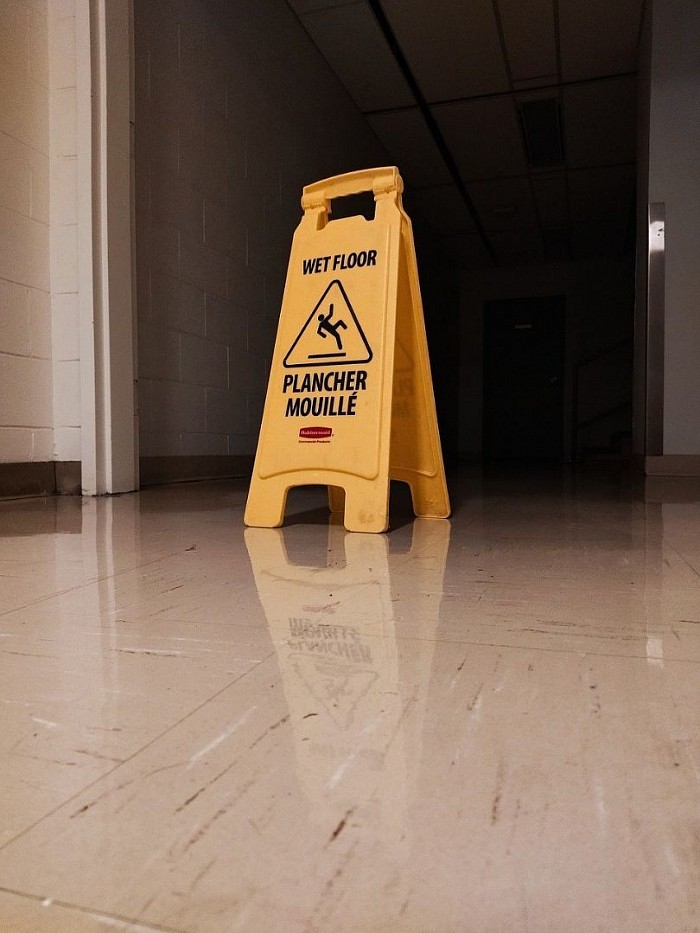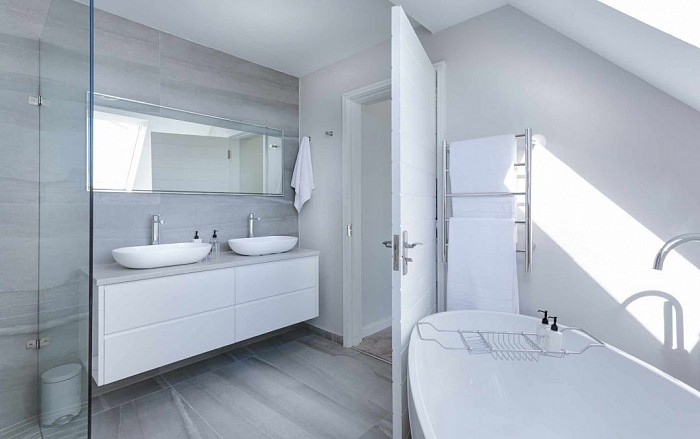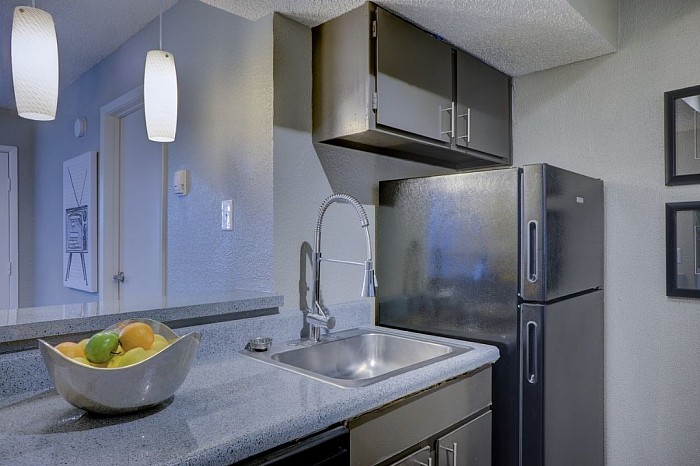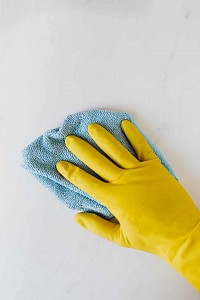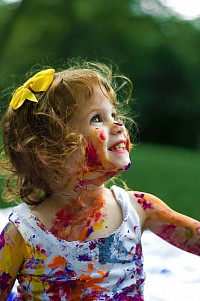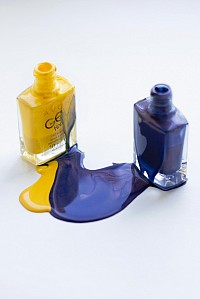Homemade Cleaning Solutions: Easy DIY Recipes
Ultimate Guide to Eco-Friendly Multi-Purpose Cleaners
Ingredients:
- 1 cup distilled water
- 1 cup white vinegar
- 10-15 drops of essential oil (such as lemon, lavender, or tea tree)
- 1 teaspoon liquid castile soap
Step-by-Step Instructions:
1. Start by choosing a clean, empty spray bottle to store your homemade cleaner. Recycling an old one is a great eco-friendly option.
2. Measure 1 cup of distilled water and pour it into the spray bottle. Distilled water helps prevent mineral buildup on your surfaces.
3. Add 1 cup of white vinegar to the spray bottle. Vinegar is a natural disinfectant and cuts through grease and grime effectively.
4. Now, it's time to add a delightful fragrance to your cleaner. Choose your favorite essential oil and add 10-15 drops to the mixture. Essential oils not only provide a pleasant scent but also have antibacterial properties.
5. Lastly, add 1 teaspoon of liquid castile soap, which acts as a gentle yet effective cleaning agent. It helps remove dirt and leaves surfaces sparkling clean.
6. Secure the spray bottle with its nozzle and give it a gentle shake to mix all the ingredients together.
Your eco-friendly multi-purpose cleaner is now ready to use! Simply spray it onto surfaces like countertops, glass, tile, or stainless steel, and wipe clean with a cloth or sponge. For tougher stains or grime, let the cleaner sit for a few minutes before wiping.
Effective DIY All-Purpose Floor Cleaner for Every Surface
Ingredients:
- 1 cup distilled water
- 1 cup white vinegar
- 1/4 cup isopropyl alcohol
- 2-3 drops of dish soap
- 10 drops of essential oil (optional, for fragrance)
Instructions:
1. In a clean bucket or container, combine 1 cup of distilled water.
2. Add 1 cup of white vinegar to the water. Vinegar is a natural disinfectant and helps to remove dirt and grime from floors.
3. Pour in 1/4 cup of isopropyl alcohol. Isopropyl alcohol helps to eliminate bacteria and dries quickly, leaving your floors sparkling clean.
4. Add 2-3 drops of dish soap to the mixture. Dish soap helps to cut through grease and adds some extra cleaning power.
5. If desired, add 10 drops of your favorite essential oil for a pleasant fragrance. Essential oils like lavender, citrus, or pine can add a refreshing scent to your homemade floor cleaner.
6. Stir the mixture gently to combine all the ingredients.
How to Use:
1. Before using the floor cleaner, sweep or vacuum the floor to remove loose dirt and debris.
2. Dip a mop or microfiber cloth into the homemade cleaner, making sure to wring out any excess liquid.
3. Mop the floors, working in small sections. For particularly dirty areas, allow the cleaner to sit for a few minutes before scrubbing or mopping.
4. Rinse the mop or cloth frequently in clean water to avoid spreading dirt or residue.
5. After mopping, allow the floor to air dry or use a clean, dry cloth to wipe away any excess moisture.
Note: This homemade floor cleaner is suitable for a variety of hard floor surfaces, including tile, linoleum, laminate, and sealed wood. However, it's always a good idea to test the cleaner on a small, inconspicuous area before using it on the entire floor.
Step-by-Step Guide to Making Your Own Bathroom Cleaner
Igredients:
- 1 cup distilled white vinegar
- 1 cup water
- 1 tablespoon baking soda
- 10 drops essential oil (optional, for fragrance)
Step-by-step recipe:
1. Start by combining the distilled white vinegar and water in a spray bottle. Vinegar is known for its natural cleaning properties and is effective against stains, soap scum, and mineral deposits.
2. Add the baking soda to the spray bottle. Baking soda helps to deodorize and gently scrub surfaces without causing scratches.
3. If desired, add 10 drops of your favorite essential oil to the mixture. Essential oils like lavender, tea tree, or lemon can provide a pleasant fragrance and additional antimicrobial properties.
4. Close the spray bottle tightly and shake well to mix all the ingredients thoroughly.
5. Before using the cleaner, make sure to test it on a small, inconspicuous area to ensure compatibility with your bathroom surfaces.
6. To clean your bathroom, spray the homemade cleaner onto the desired surfaces, such as sinks, countertops, shower walls, and toilets.
7. Let the cleaner sit for a few minutes to allow the ingredients to work their magic.
8. Use a sponge, brush, or microfiber cloth to scrub the surfaces gently. Pay extra attention to areas with stains or buildup.
9. Rinse the surfaces with water to remove any residue from the cleaner.
10. Finally, wipe the surfaces dry with a clean cloth or towel.
Remember, homemade cleaners may not have the same strength as commercial products, so some extra elbow grease may be required for tougher stains. Additionally, avoid using this cleaner on natural stone surfaces like marble or granite, as vinegar can etch these materials.
How to Create a Powerful Homemade Kitchen Cleaner
Ingredients:
- 1 cup distilled white vinegar
- 1 cup water
- Juice of 1 lemon
- 10 drops of essential oil (optional, for fragrance)
Instructions:
1. In a spray bottle, combine the distilled white vinegar and water in equal parts.
2. Squeeze the juice of one lemon into the mixture. Lemon juice helps cut through grease and adds a fresh scent.
3. If desired, add 10 drops of your favorite essential oil to give the solution a pleasant fragrance. Popular choices include lavender, tea tree, or citrus oils.
4. Close the spray bottle tightly and shake well to combine all the ingredients.
5. Your homemade cleaning solution is ready to use! Simply spray it onto kitchen surfaces, such as countertops, stovetops, and sinks, and wipe clean with a damp cloth or sponge.
Remember to test the solution on a small, inconspicuous area first, especially for delicate surfaces, to ensure it doesn't cause any damage.
Eliminate Stains Effortlessly with Our DIY Solution
Ingredients:
- 1 cup of white vinegar
- 1 cup of baking soda
- 1 cup of water
- 1 tablespoon of dish soap (preferably a grease-fighting formula)
Instructions:
1. **Mix Ingredients**: In a bowl, combine the white vinegar and baking soda. The mixture will fizz, so be cautious! Once the fizzing has settled, add the water and dish soap.
2. **Transfer to a Spray Bottle**: Pour the mixture into a clean spray bottle using a funnel for ease.
3. **Application**: Shake well before each use. Spray the solution directly onto the stain and let it sit for about 15-30 minutes.
4. **Wash**: After the solution has set, launder the clothing as usual in the washing machine.
5. **Check Before Drying**: Always check the stain before putting the item in the dryer. If the stain persists, repeat the application before drying.
Restore Your Carpets with Our Powerful Stain Remover
Ingredients:
- 2 cups of warm water
- 1 cup of white vinegar
- 2 tablespoons of dish soap (preferably a grease-fighting formula)
- 1 tablespoon of baking soda
Instructions:
1. **Mix Ingredients**: In a bowl, combine the warm water, white vinegar, dish soap, and baking soda. Stir gently to mix without creating too many bubbles.
2. **Transfer to a Spray Bottle**: Using a funnel, pour the mixture into a clean spray bottle.
3. **Application**: Spray the solution directly onto the carpet stain. Allow it to sit for about 5-10 minutes.
4. **Blot**: Using a clean cloth or sponge, blot the stain gently. Avoid rubbing, as this can spread the stain further.
5. **Rinse**: After blotting, use a damp cloth with warm water to remove any remaining solution. Blot the area again with a dry cloth to absorb excess moisture.
6. **Let It Dry**: Allow the carpet to air dry completely. If necessary, vacuum the area to restore the carpet's texture.
Tips:
- Always test a small, inconspicuous area of fabric or carpet before applying any cleaning solution to ensure there’s no discoloration or damage.
- For stubborn stains, you may need to repeat the process or let the solution sit longer
DIY Powdered Laundry Detergent: Easy and Effective Recipe
**Ingredients:**
- 1 bar of grated Fels-Naptha soap
- 1 cup of washing soda
- 1 cup of borax
**Instructions:**
1. Grate the Fels-Naptha soap using a fine grater or food processor.
2. In a large bowl, mix the grated soap, washing soda, and borax until well combined.
3. Store the mixture in an airtight container.
**Usage:**
- Use 2-3 tablespoons of the homemade detergent per load, depending on the size and soil level of the laundry.
- For heavily soiled loads, you can add an extra tablespoon of detergent.
**Additional Tips:**
- You can add a few drops of essential oil, such as lavender or lemon, to add a pleasant scent to your laundry.
- This homemade detergent is suitable for standard and high-efficiency (HE) washing machines.
This homemade laundry detergent is cost-effective and can be customized with different scents, making it a great option for those looking for a natural and budget-friendly alternative to commercial laundry detergents.
Step-by-Step Guide to Homemade Liquid Dish Soap
**Ingredients:**
- 1 ½ cups of boiling water
- 1 tablespoon of grated castile soap or 1 tablespoon of liquid castile soap
- 1 tablespoon of washing soda
- 1 tablespoon of white vinegar
- 10-15 drops of essential oil (optional, for fragrance)
**Instructions:**
1. In a heat-resistant bowl, combine the grated castile soap and boiling water. Stir until the soap dissolves.
2. Add the washing soda and stir until dissolved.
3. Mix in the white vinegar. (This may cause the mixture to foam briefly.)
4. Allow the mixture to cool.
5. Once cooled, add 10-15 drops of essential oil for fragrance, if desired.
6. Pour the mixture into a reusable soap dispenser or a repurposed container.
**Usage:**
- Use this homemade liquid dish soap as you would use any commercial dish soap. A small amount goes a long way, so use it sparingly.
**Additional Tips:**
- You can customize the scent of your homemade dish soap by using different essential oils, such as lemon, lavender, or tea tree oil.
- Shake the container gently before each use to ensure the ingredients are well mixed.
This homemade dish soap offers a natural, eco-friendly alternative to store-bought dish soaps and can be a great addition to your sustainable living practices.
